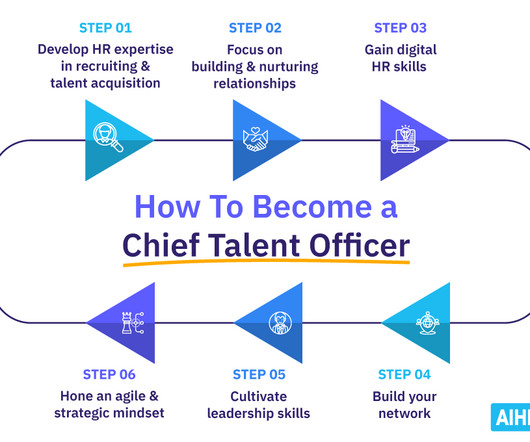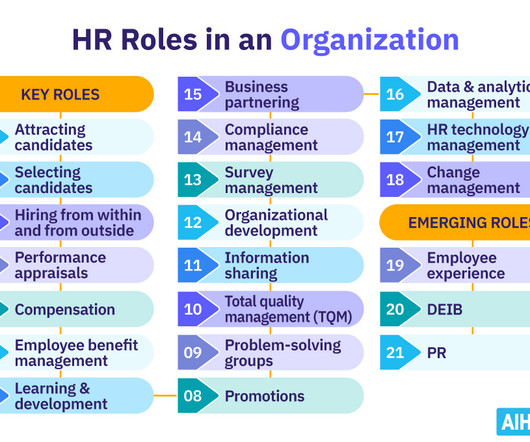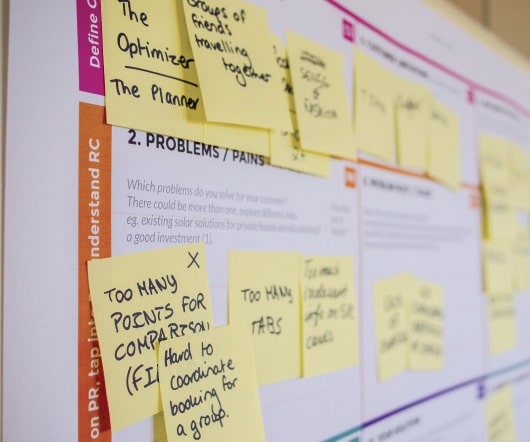How To Craft a Strategic Hiring Plan in 2025
Analytics in HR
DECEMBER 2, 2024
Having launched the business in 1999 from a one-bedroom apartment, Salesforce is now a juggernaut boasting best-in-class software for eleven straight years and a team of over 80,000 employees. What’s the key to acquiring the right talent? Here’s how you can help: Step 1. And he should know.





















































Let's personalize your content